Logistics Industry Applications
EtherCAT is a high-speed, real-time, and scalable open real-time Ethernet communication technology. The characteristic of EtherCAT is that data can be transmitted in real-time, supporting multiple transmission methods, and achieving high-performance synchronous control. It is currently an advanced communication technology in the industrial field.

EtherCAT distributed IO is an IO module based on EtherCAT technology that can be distributed in various positions of the control system, making the wiring of the IO module simple and improving the flexibility and reliability of the control system. The working principle of EtherCAT distributed IO is that each distributed IO module is connected through Ethernet to form an Ethernet ring network, in which each distributed IO module plays the role of a node. When a node receives instructions from the controller, it will pass the instructions to the next node until all nodes receive the instructions and complete the corresponding operations.

Application Scenarios and Advantages of EtherCAT Distributed IO in Industrial IoT
1. Logistics automation
In the field of logistics, EtherCAT distributed IO can be applied to logistics automation systems. For example, in a warehouse management system, functions such as automatic identification, positioning, and sorting of items are achieved by connecting them with scanning guns, sensors, RFID, and other devices. In intelligent logistics vehicles, real-time monitoring and processing of vehicle status, road conditions, and other information are achieved by connecting with onboard sensors, improving vehicle driving safety and efficiency.
2. Logistics informatization
In the field of logistics, EtherCAT distributed IO can also be applied in logistics information systems. For example, in a logistics tracking system, real-time tracking and supervision of logistics goods can be achieved by connecting with devices such as GPS and sensors. In the e-commerce logistics system, real-time collection and processing of order information and logistics information are achieved by connecting with equipment such as barcode scanners, thereby improving the operational efficiency of the logistics center.
3. Logistics intelligence
In the field of logistics, EtherCAT distributed IO can also be applied to intelligent logistics systems. For example, in automated warehousing systems, it is connected to robot systems to achieve services such as automatic storage, handling, and independent detection of goods.

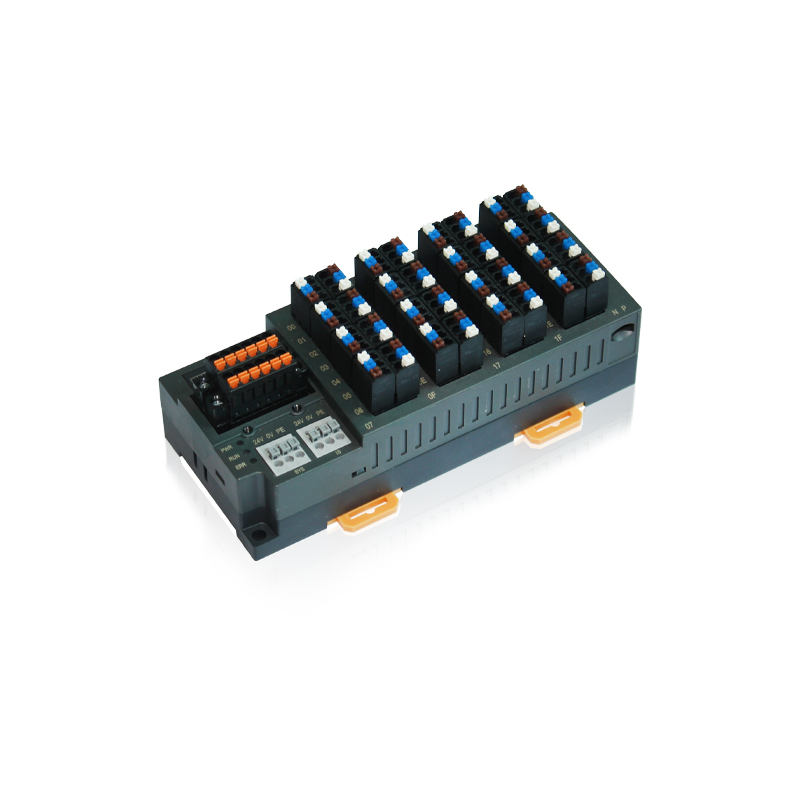
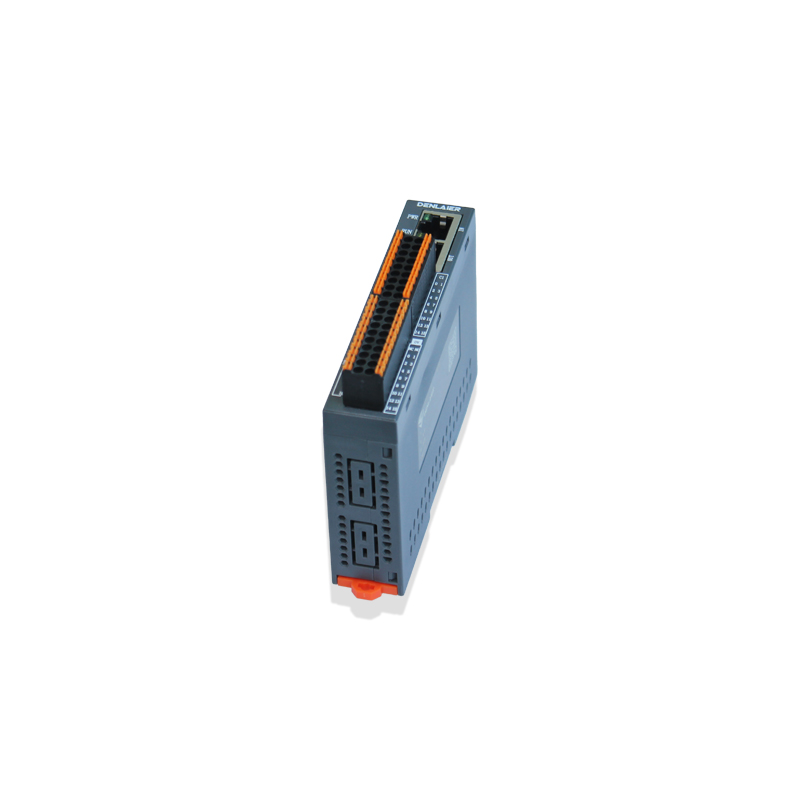
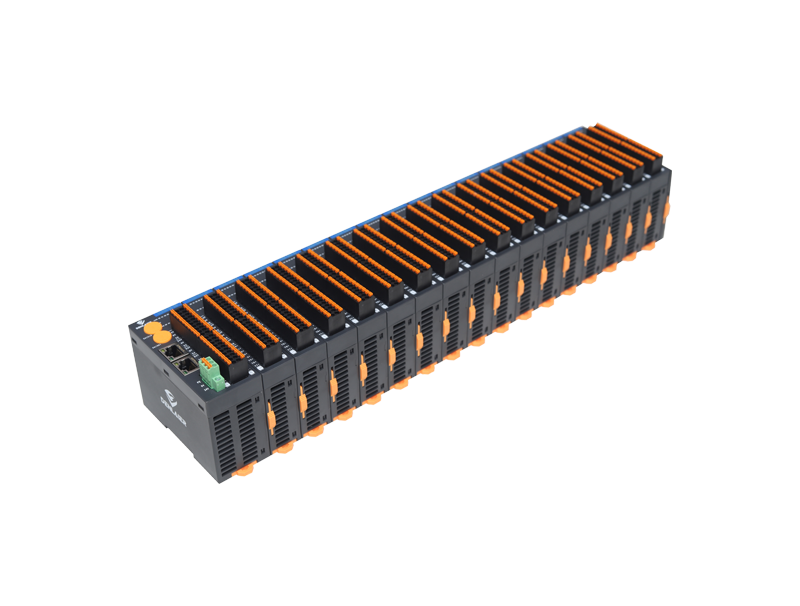
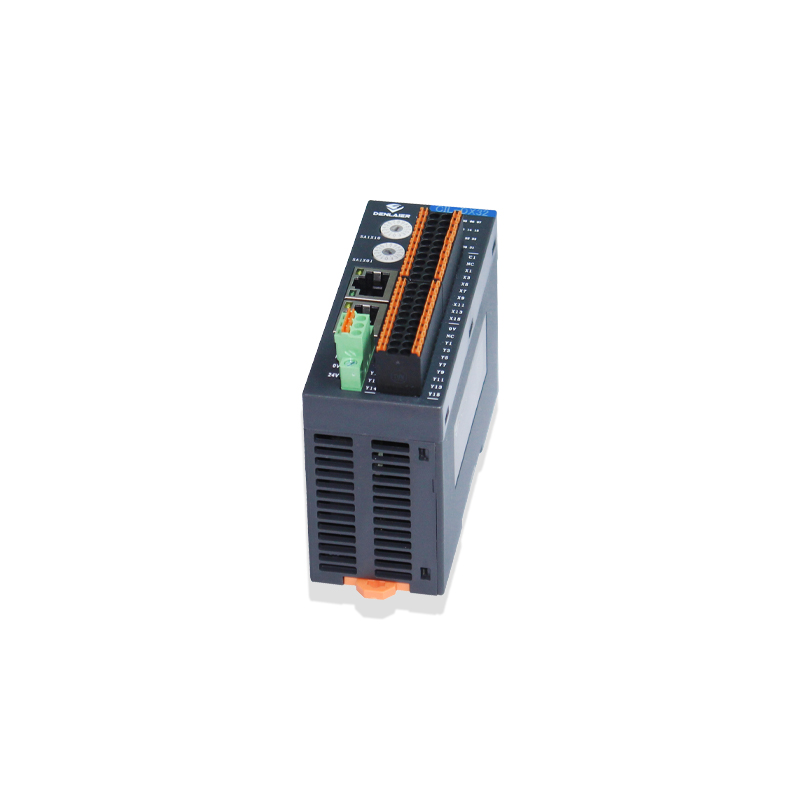
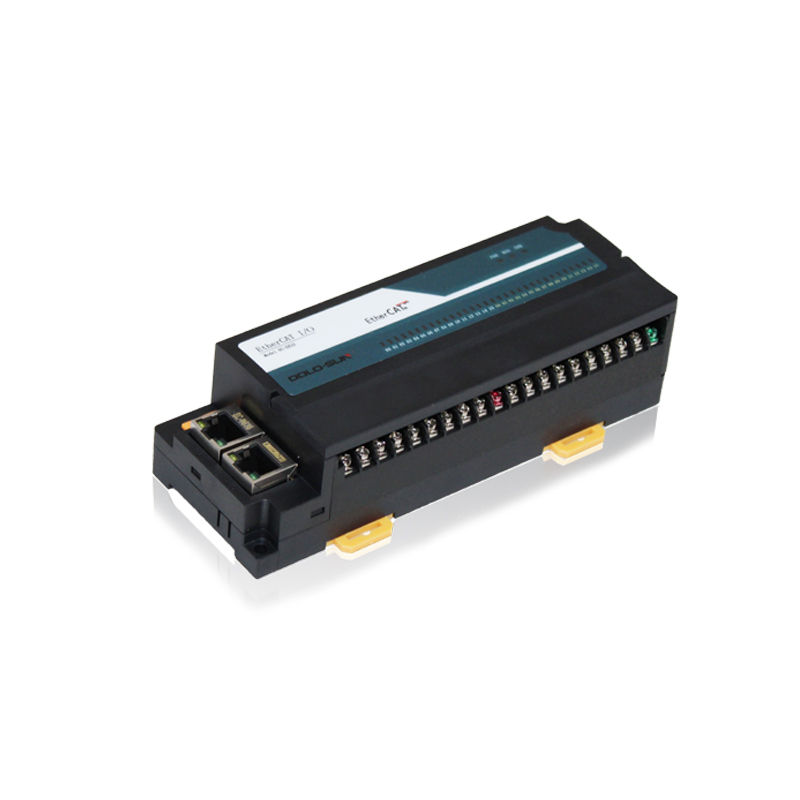
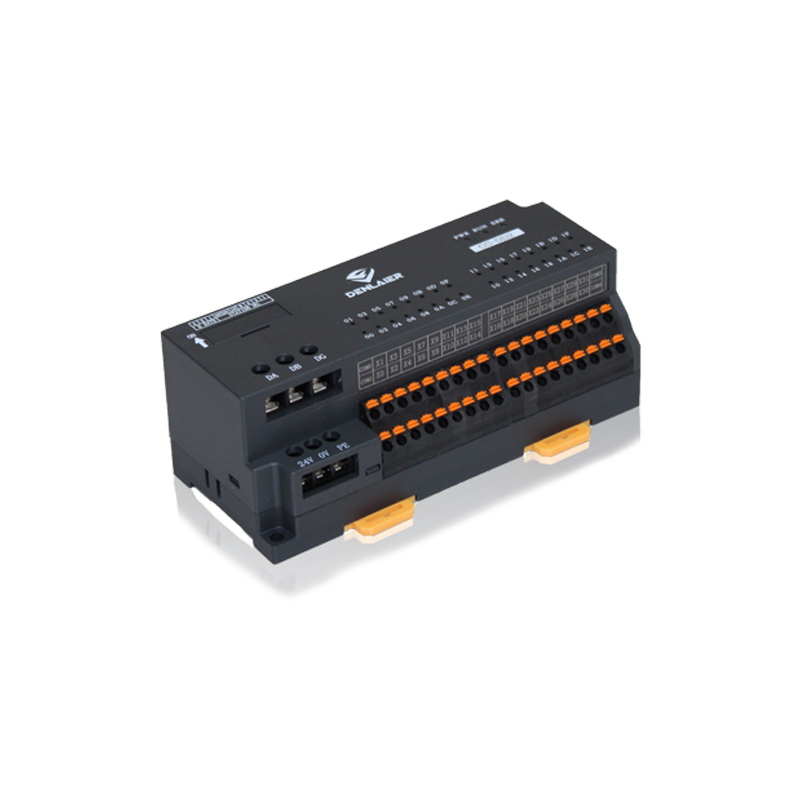
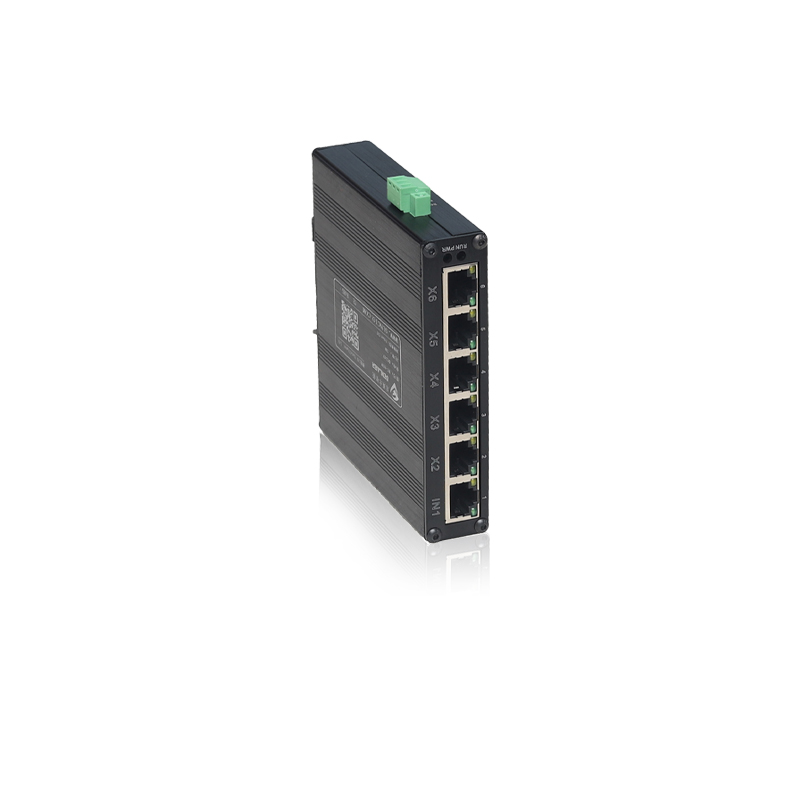
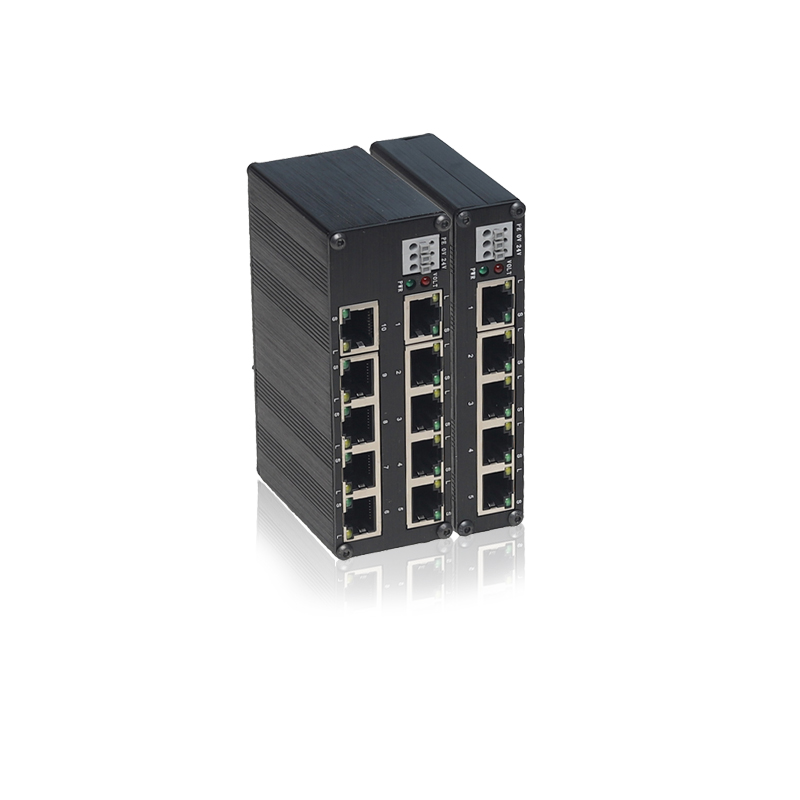
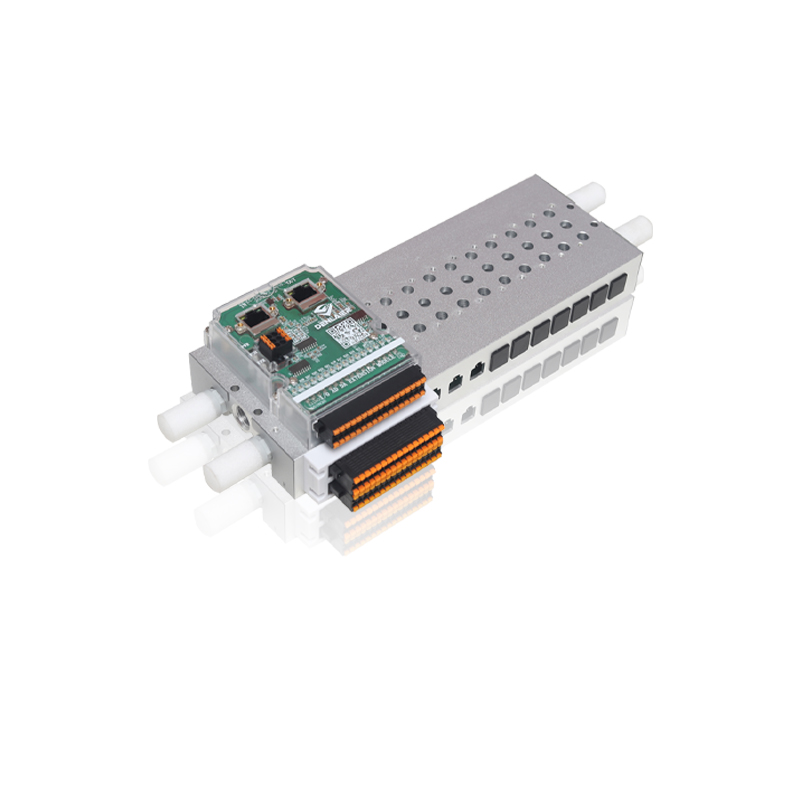
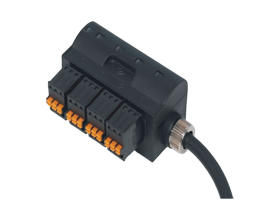
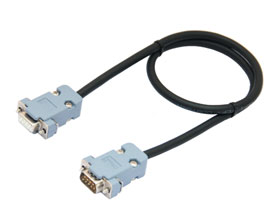

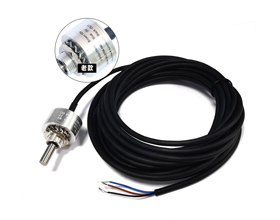
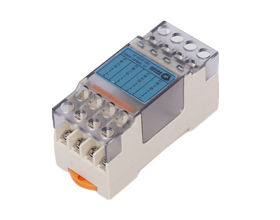
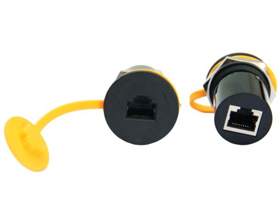

 Follow WeChat
Follow WeChat Official account
Official account